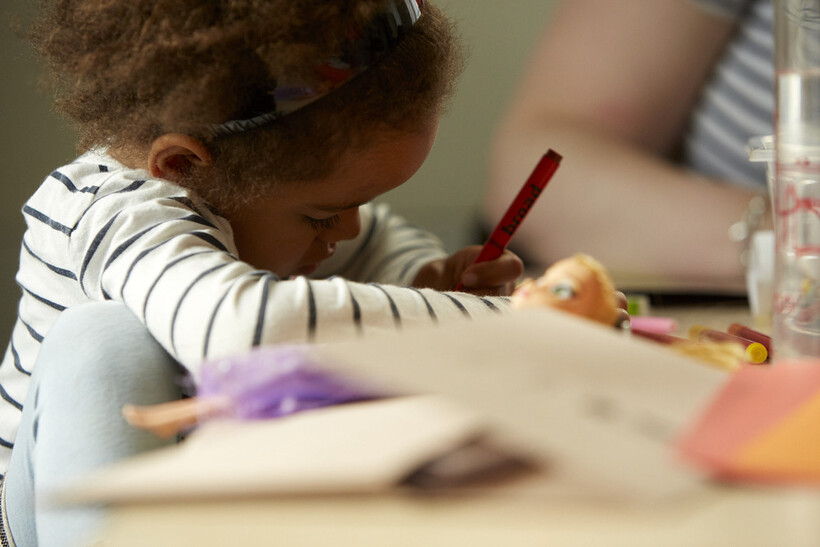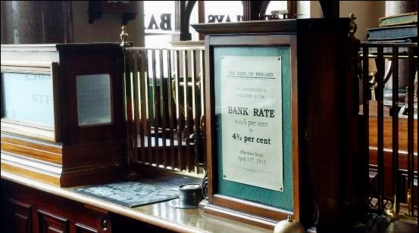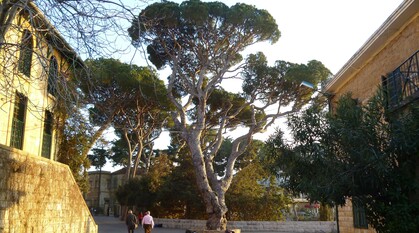7 ways to welcome children and families to your Quaker meeting
Families and children are a vital part of the Quaker community. Mel Cook shares how meetings can extend them an even warmer welcome.

Children and young people are a valued and vital part of our Quaker community.
Some Quaker meetings have vibrant children's meetings, while others only have the occasional younger visitor. Wherever your local meeting is on this spectrum, here are some tips on making it more children and family friendly.
1. Be ready
The key to welcoming children and families to meetings is to be ready for them. Greeting families with looks of panic and some hastily assembled blunt pencil crayons is not going to inspire them to stay.
I think it's important to always have something up your sleeve to show you've been considering children's presence, rather than them just being an after-thought. Whether, like some meetings, you have a bag with books and soft toys that's always available, or a designated corner of the room where a baby can be cosy and safe, it needs to be a conversation that's been had.
2. Be flexible
Adult facilitation of children's Quaker meetings can be more or less hands-on. Depending on the children and the adults available, it can range from supervised play to more structured events and activities.
These activities can really vary. I've seen cooking, going out in the garden, mandala making, storytelling, sewing. Generally they are connected back to a Quaker theme in some way.
It can be tricky to organise activities when you have a group of children that varies a lot in age, or you don't know who will turn up. But it's not about being perfect, it's about being ready, offering some options, and being flexible. Making this an all-meeting commitment can help.
3. Get inspired
The Children and Young People's (CYP) team produce a resource called Journeys in the Spirit which provides materials for adult Quakers working with children aged 5 to 12 in Quaker meetings, all age events, residential gatherings and camps. It comes out every month and is put together by me with a team of volunteer writers with experience of working with children in a Quaker setting.
We focus on topical issues such as Greta Thunberg and climate change plus ongoing themes, and suggest activities that go a long with this. There are also stories, games and ideas for videos to watch.
A youth work edition of Journeys in the Spirit comes out once a year, with a range of ideas to use with 12- to 18-year-olds in a Quaker context.
4. Consider how the meetings connect
The children's meeting and regular meeting for worship generally connect in two ways. Children may stay in the stillness for ten minutes and then go out and do their thing at their own meeting, or they go straight to their activities and join for the final ten minutes of worship.
Either way, there is often a time at the end of the meeting for children to share with adults what they have been doing. It's nice if the adult meeting then shares what they've been doing too, in the spirit of equality.
For newcomers there's a lovely little book called Quaker Meeting and Me. It's suitable for both grown-ups and children and explains what happens in a Quaker meeting for worship.
5. Explore how others do it
We also have a wide range of further resources for meetings wishing to welcome children. The first thing I'd recommend to a Quaker meeting that doesn't currently have a children's meeting is to have a look at the leaflet 'Being ready for children'.
Then it's worth speaking to your Advocate for Children and Young People's Work at your area meeting. They are part of a network of such advocates around Britain, and can help you or your meeting get more connected to this area of work.
The CYP team offer workshops that meetings can draw upon if they want to become more family friendly. Our trainers have a range of workshops that can be booked, such as on working with a small group of children with a wide age range, or they can create a bespoke one if there's a particular meeting in a particular situation (see the leaflet [PDF] for more).
6. Think about having a dedicated children's worker
Some meetings are exploring having a paid children's worker who runs the children's meeting along with volunteers. This takes pressure off the rest of the meeting and provides continuity that can at times be difficult to provide when working with a committee of people. This ties into other Quaker work on simplifying meetings.
We have some online guidance for meetings who are thinking about employing a dedicated children's worker.
7. Shout about it
When you're ready to welcome children, young people and families, it's good to let them know about it!
There are some fun ways to do this. Lancaster Area Meeting asked children to make posters about children being welcome at their meeting, and these were then put on display in the meeting house windows.
In Edinburgh they have a town centre meeting house, with big windows that people walk past. They often have art and craft from the children's meeting on display here. This display is changed regularly and shows that children are a valued part of the meeting. There are more ideas in the resource 'Being read for children'.
More resources on working with children and young people in a Quaker context


